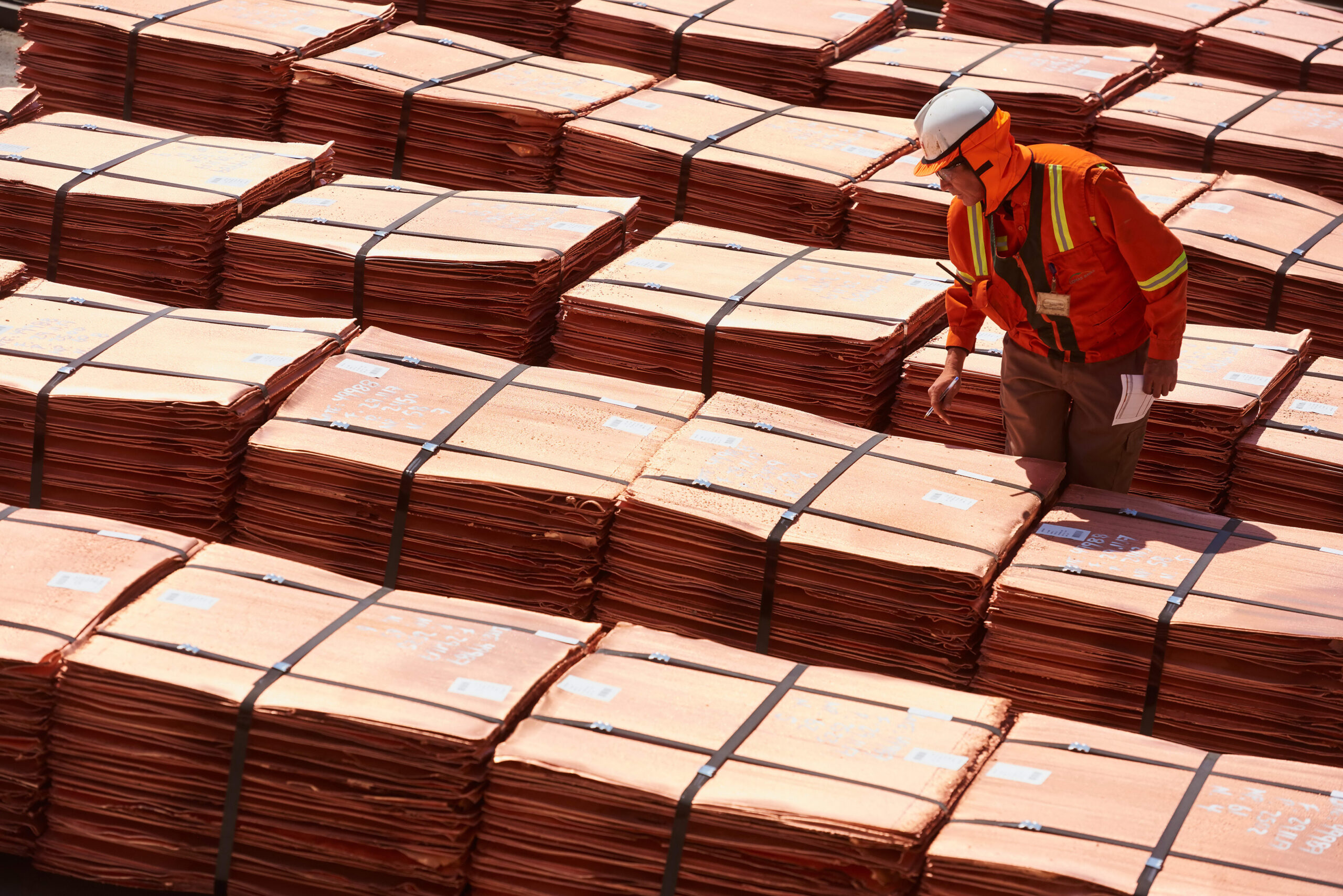Because copper will excite inflation

The concentration of the copper industry will create the conditions for the development of high prices of a metal critical for the ecological transition. Sergio Giraldo's analysis
Copper extraction, an essential element in the ecological transition, risks going through a difficult period in the near future. Indeed, due to the current economic situation, a drop in metal prices could have a bad effect on a number of medium and small mining companies, forcing them to suspend their activities. This would have a series of not exactly favorable direct consequences. Let's see why.
We are faced with one of the many paradoxes of the policies launched to combat climate change according to the dictates of the IPCC and the IEA (Intergovernmental Panel on Climate Change and International Energy Agency, the main global climate and energy authorities).
THE PRICE AND DEMAND FOR COPPER
After rising between July 2022 and January of this year, from $3.25 to $4.25 a pound on the US Comex market, the price of the red metal has dropped sharply to $3.6 in the past six months. , to slowly go back up to $3.9 these days. In fact, demand is currently weak and not very sustained, due to fears of an imminent recession, which outweigh the investment needs dictated by the global Green Deal.
If the economy slows down or even stops growing, the price of copper can fall further, at which point small and medium-sized mining companies will have no escape. In fact, these are already slowing down extraction activities, since the current price for many does not justify the activity, given the increases in extraction costs. But this, in the long run, will require medium and small companies to raise capital to survive. Otherwise, many of these entities will close their doors. Therefore, low copper prices favor large operators, multinational mining companies. These can thereby acquire operators in difficulty by strengthening their position.
Given the long lead times required to develop new mines, acquiring companies with already operating licenses is a great way for large players to grow even more. Mining companies' search for high-quality ore deposits with rich veins to exploit has become costly. A period of low prices would allow the big names in the sector to go shopping for small and medium-sized subjects who, cornered by the lack of liquidity, have interesting concessions in their portfolio.
The drop in copper prices since January was determined by the end of expectations of a strong recovery in China, after the uncertain 2022. With Chinese demand not brilliant, considering that China represents the dominant part of the demand (over 12 million tons per year, about half of world demand), prices began to slide downwards, also driven by fears of an extension of the war, high interest rates and fears of a freeze on the economy.
On a weighted average, in the first quarter of 2023, the break-even price of copper (the one with which costs are covered) is around $3.55 a pound, equal to about $7,800 a ton. Below this market price, the books are taken to court. Or, you sell to the highest bidder among the big companies. This means that the copper mining sector is moving towards a phase of concentration among supply operators, which in the medium term could lead to very strong market power with respect to demand. A question that sooner or later will start pulling again, when the urgencies commanded by ecological transformation, from the European Green Deal to the American and Chinese ones, will make prices rise again.
THE GROWTH OF DEMAND
According to calculations by the IEA, the annual demand for copper from 2025 will have to grow up to 40 million tons a year, equal to about double the current demand, and then to 60 million a year. Supply will hardly be able to keep pace with such explosive growth, if not, perhaps, with a dramatic and rapid increase in prices that will make fields profitable that are not today. However, it seems difficult that there could be copper for everyone, from 2025 onwards, even considering the already excellent performance of global recycling.
WHO CELEBRATES AND WHO WILL CRY
In summary, the current low copper prices favor large operators, who will be able to acquire already active deposits, having favorable economies of scale. The concentration of the sector that will follow will favor the creation of conditions for the development of high prices, considering that the demand for the metal for the ecological transition, if the plans and the relative deadlines are to be respected, will become explosive. A number of elements are therefore being lined up which will favor the emergence of persistent and structural inflation. Copper, however, is not the only metal for which these arguments are valid. There are also nickel, aluminum and others. The turbo-demand triggered by the various green deals can only spill over into the prices of raw materials, barring technological leaps that are unforeseeable today, or barring delays and extensions in the transition times.
What emerges, in the end, are two worrying data. The first is that most of the effort required in terms of investment will fall on emerging and developing countries, and it is hard to see how this can happen without disproportionate Western financial aid, of which there is no trace so far. The other is that, in developed countries, those who support investments will want to see them bear fruit, unless these are repaid in some way by the states. So, in any case, let's get ready to open the wallet.
This is a machine translation from Italian language of a post published on Start Magazine at the URL https://www.startmag.it/energia/rame-prezzi-alti-inflazione/ on Sat, 29 Jul 2023 19:35:46 +0000.
